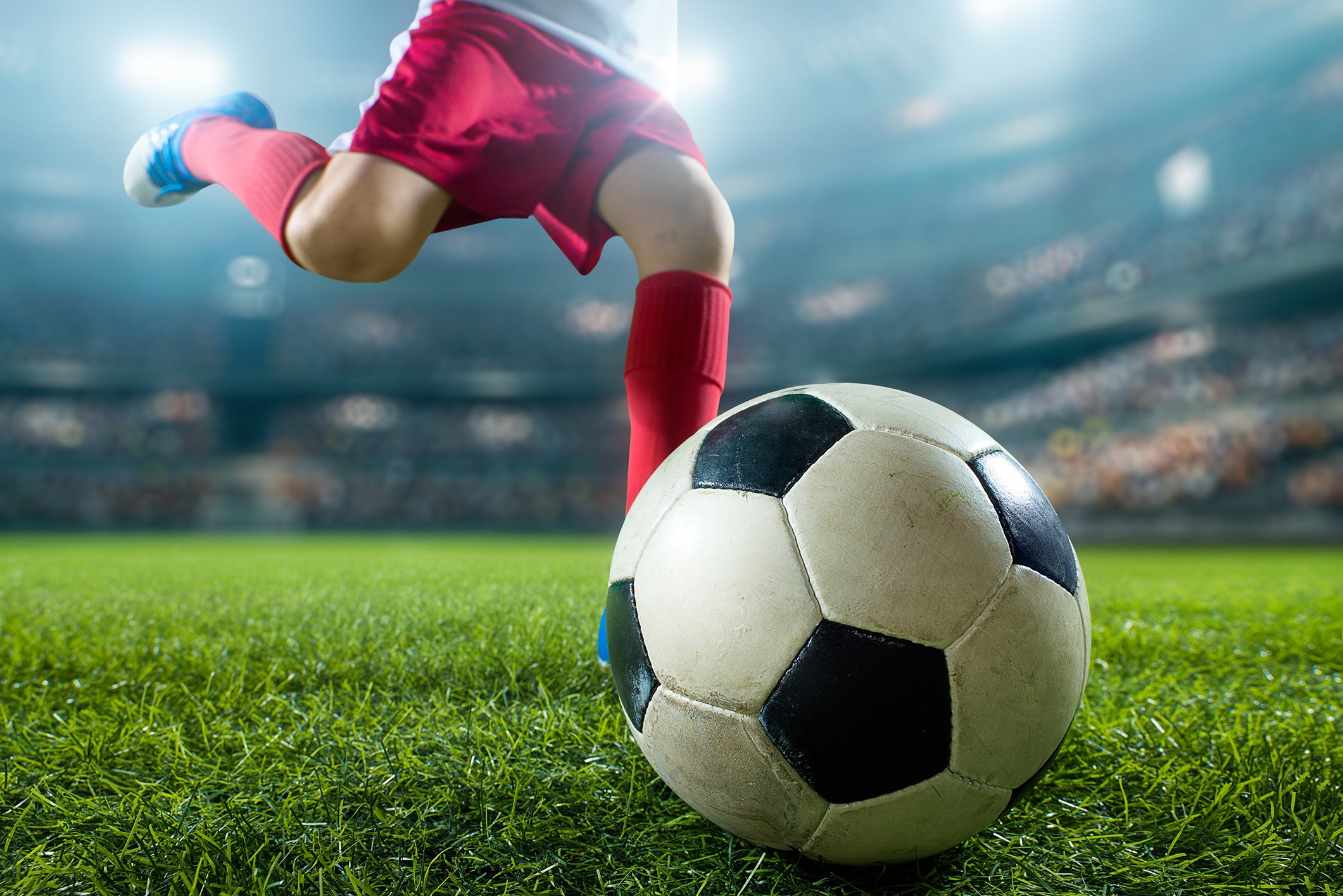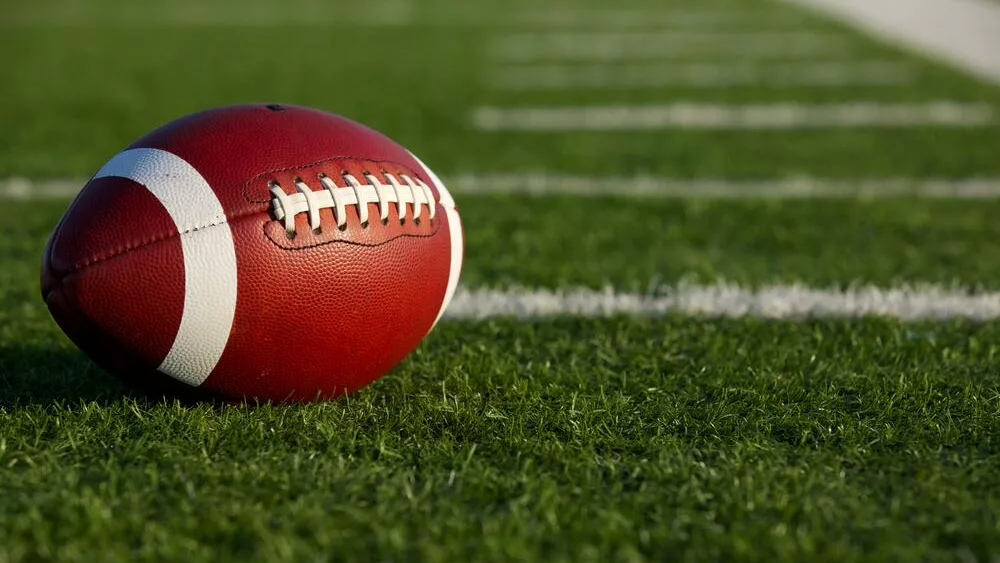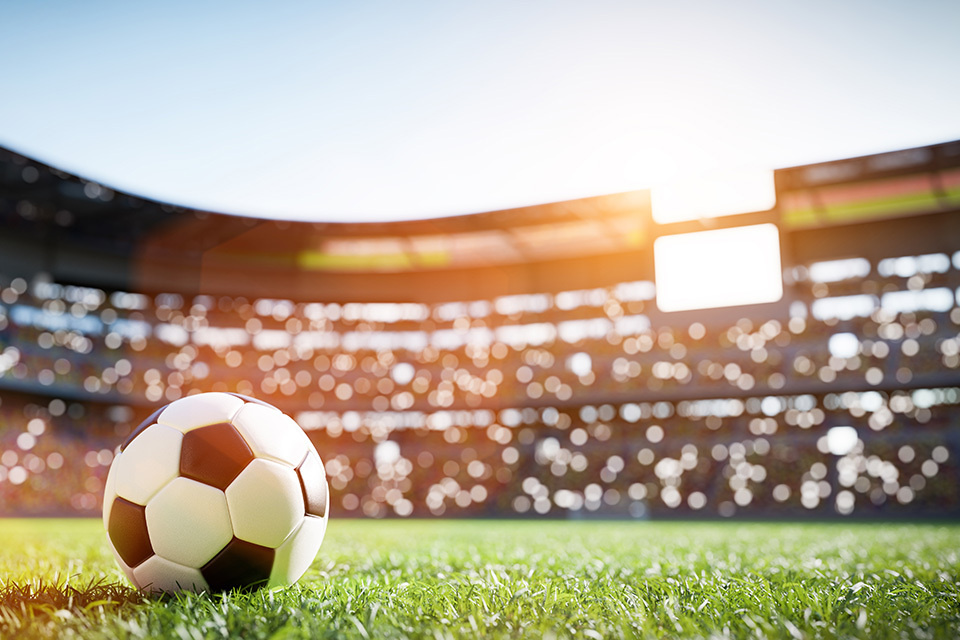When you consider the thrill of football, whether it's the excitement of a brand new football experience like the one eFootball™ has to offer, or the lively chatter among Kentucky high school football followers, it's easy to get swept up in the game's energy. This sport, with its quick moves and powerful impacts, certainly brings a lot of joy to so many people. Yet, there's another side to this passion, a serious one that often gets overlooked in the heat of play.
We're talking about the very real physical challenges players face, the kind that can lead to significant setbacks. It's a topic that deserves our full attention, particularly as we watch athletes push their limits on the field. From the intense moments in a professional match to the spirited games played by the Collins Titans on their 2025 football schedule against teams like Spencer County or Shelby County, the possibility of a player getting hurt is always present.
So, it's almost, important to really look at these physical harms, what causes them, and how we can work to keep players safer. This discussion isn't about taking away from the game's excitement, but rather about making sure everyone who steps onto the pitch can do so with the best possible protection. After all, the goal is for everyone to enjoy this sport for a long time, right?
Table of Contents
- The Realities of Football Bad Injuries
- Protecting Our Players: Strategies for Safer Play
- A Look at Youth and High School Football Safety
- Frequently Asked Questions About Football Injuries
The Realities of **Football Bad Injuries**
Football, by its very nature, involves quick movements, sudden stops, and physical contact. These elements, while making the game exciting, also create situations where players can get hurt. It's a fact of the sport, and something coaches, players, and fans need to think about.
Often, we see players push through pain, driven by the desire to help their team. But ignoring a physical problem can lead to bigger issues later on. It's really, really important to recognize that even small aches can become major problems if not looked at properly.
This isn't just about professional athletes either. Youth leagues, like those discussed by Kentucky high school football followers, also see their share of bumps and bruises, and sometimes, much more serious harms. It's a broad concern, you know, across all levels of play.
Common Player Setbacks
When we talk about football bad injuries, certain types come up a lot. Things like twisted ankles are pretty common, especially with all the running and turning. Players often land awkwardly or get tackled in a way that puts stress on their lower legs.
Knee problems are another big one. The knee joint takes a lot of stress during a game. Ligament tears, like ACL injuries, can put a player out for a very long time, sometimes even for a whole season. These kinds of harms need serious medical care and a lot of time to heal.
Shoulder issues, too, are frequent, especially for players who make a lot of tackles or fall hard. Separations or dislocations can happen, and they can be quite painful. Muscle strains, like hamstring pulls, are also a regular occurrence, often from sprinting or sudden bursts of speed.
Then there are the head impacts. These are a major worry. While players wear helmets, the force of hits can still cause problems. We'll talk more about these later, but it's important to know they are a serious concern for everyone involved in the sport.
The Impact Beyond the Field
A physical harm in football isn't just about the immediate pain or missing a few games. It can have a lasting impact on a player's life. For younger athletes, a serious harm might mean missing out on scholarship chances or even ending their playing days early.
For any player, a long recovery period can be tough, both physically and mentally. It means time away from friends, from the team, and from the sport they love. This can lead to feelings of frustration or sadness, which is a very real part of the healing process.
There are also the costs involved. Medical bills, physical therapy, and time away from work or school can add up. It's a financial burden that many families might not expect. So, it's not just about the body, but about a player's whole life and future, really.
Protecting Our Players: Strategies for Safer Play
The good news is that people are working hard to make football safer. There's a growing focus on preventing football bad injuries, rather than just treating them after they happen. This means looking at everything from how players train to the rules of the game itself.
It's a combined effort, involving coaches, medical staff, parents, and the players themselves. Everyone has a part to play in creating a safer environment. This shift in thinking is, in a way, just as important as any new piece of equipment.
We've seen improvements in how the sport is played, and how players are prepared. This is crucial for the continued enjoyment and growth of football for everyone, you know.
Training and Conditioning
One of the best ways to prevent football bad injuries is through proper training. Players need to build up their bodies in a way that helps them handle the demands of the game. This means focusing on strength, flexibility, and balance.
For example, strengthening the muscles around the knees can help protect them from tears. Working on core strength can improve balance and reduce the chance of falls. It's not just about getting big muscles, but about making the body more resilient.
Warm-ups and cool-downs are also super important. A good warm-up gets the muscles ready for action, making them less likely to pull or strain. Cooling down helps the body recover and reduces stiffness later on. These simple steps can make a big difference, honestly.
Coaches are also learning more about how to train players without overworking them. Preventing burnout and giving players enough rest is key to keeping them healthy throughout a season. This kind of careful planning is, basically, vital.
Equipment and Rule Changes
Better equipment plays a big role in reducing football bad injuries. Helmets, for instance, have come a long way. Newer designs aim to better protect the head from impacts, though no helmet can prevent all head harms. Shoulder pads, knee pads, and mouthguards also offer important protection.
The rules of the game have also changed to make it safer. There's a much bigger focus now on avoiding hits to the head and neck. Rules about targeting and leading with the helmet are strictly enforced to try and reduce concussions. These changes, quite frankly, are for the good of the players.
Officials are trained to spot dangerous play and call penalties, which helps encourage safer tackling techniques. It's a constant effort to balance the competitive nature of the game with player safety. So, in a way, the game itself is always getting a little bit safer.
The Role of Coaching and Awareness
Coaches are on the front lines when it comes to player safety. They teach proper techniques, like how to tackle safely without putting themselves or others at undue risk. A good coach emphasizes technique over brute force, which can significantly reduce the chance of football bad injuries.
They also need to be aware of player fatigue and signs of a physical problem. If a player seems off, or reports pain, a responsible coach will take them out of the game to get checked. It's about putting the player's well-being first, even if it means losing a key player for a bit.
Educating players and parents about the risks and how to report symptoms is also very important. Everyone involved needs to understand the signs of a concussion, for example, and know that it's okay to speak up if something doesn't feel right. This kind of open talk is, actually, pretty essential.
A Look at Youth and High School Football Safety
The safety of younger players is a particularly important topic. Their bodies are still growing and developing, which can make them more vulnerable to certain types of harms. This is why discussions around youth football safety are so frequent and so important.
When we think about the future of the sport, we have to think about the kids playing it now. Making the game safe for them ensures that future generations can enjoy it too. It's about building a foundation of safe practices from the very beginning.
There's a lot of talk, for instance, about 7v7 tournaments outside of high school football, and how to make sure those are run safely, too. Every level of play needs attention, really.
High School Football Concerns
High school football, like the games the Collins Titans play against teams like Lafayette or Oldham County, is a big part of many communities. For many young athletes, it's their first experience with competitive play at a higher level. This means the risks of football bad injuries can increase.
The physical differences between players can be quite large at this age, too. Some players might be fully grown, while others are still developing. This difference in size and strength can lead to uneven matchups and a higher chance of harm.
Programs are working to address this, focusing on proper technique and making sure players are matched up fairly. The discussions among Kentucky high school football followers about safety are a good sign that people care deeply about these young athletes. You know, it's a big deal.
It's also about making sure there's enough medical staff on hand at games and practices. Quick access to help can make a big difference in how a harm is handled and how well a player recovers. This kind of support is, basically, non-negotiable.
The Future of Player Well-being
The push for safer football continues to grow. Researchers are always looking for new ways to understand and prevent football bad injuries. This includes studying how impacts affect the body and developing even better protective gear.
Technology also plays a part. Sensors in helmets can help track impacts, giving coaches and medical staff more information. This data can help identify players who might need to be checked for a head impact, even if they don't show immediate signs.
The goal is to keep the spirit of the game alive while making it as safe as possible for everyone. It's a continuous journey, but one that's certainly worth taking for the health and happiness of our athletes. Learn more about player well-being on our site, and link to this page link to our page on youth sports health.
Frequently Asked Questions About Football Injuries
What are the most common football injuries?
Generally, the most frequent physical problems in football involve the lower body. This includes things like sprained ankles, twisted knees, and pulled hamstring muscles. Shoulder harms, like separations, are also pretty common, especially for players who are involved in a lot of contact. Head impacts, too, are a very real concern, and these can range from mild to quite serious.
How can football injuries be prevented?
Preventing football bad injuries involves several steps. Proper training and conditioning are key, helping players build strength and flexibility. Using well-fitting, up-to-date protective equipment is also very important. Rule changes that aim to reduce dangerous hits, like those to the head, also help a lot. Finally, good coaching that teaches safe techniques and encourages players to report any physical problems is absolutely vital for player safety.
Are concussions in football really that serious?
Yes, concussions in football are indeed very serious. They are a type of brain harm that can happen from a bump, blow, or jolt to the head, or even a hit to the body that causes the head to move quickly. While some concussions might seem minor at first, they can have lasting effects on a person's thinking, memory, and mood. Repeated concussions are particularly worrying. That's why strict protocols are in place to remove players from play if a concussion is suspected, and to ensure they fully recover before returning to the field. You can learn more about sports harms and their prevention from reputable sources like the American Academy of Orthopaedic Surgeons.
Thinking about **football bad injuries** reminds us of the true cost of this exciting sport. We've talked about the common physical harms players face, from knee problems to head impacts, and how these can affect a player's life far beyond the game itself. We also looked at the ways we're trying to make the game safer, through better training, improved equipment, and rule changes.
It's clear that everyone involved, from the players on the field to the fans in the stands, has a part to play in keeping athletes safe. By staying informed and supporting safety efforts, we can help ensure that the thrill of football continues for generations to come, with fewer serious physical harms. Let's keep working together to protect our players.



